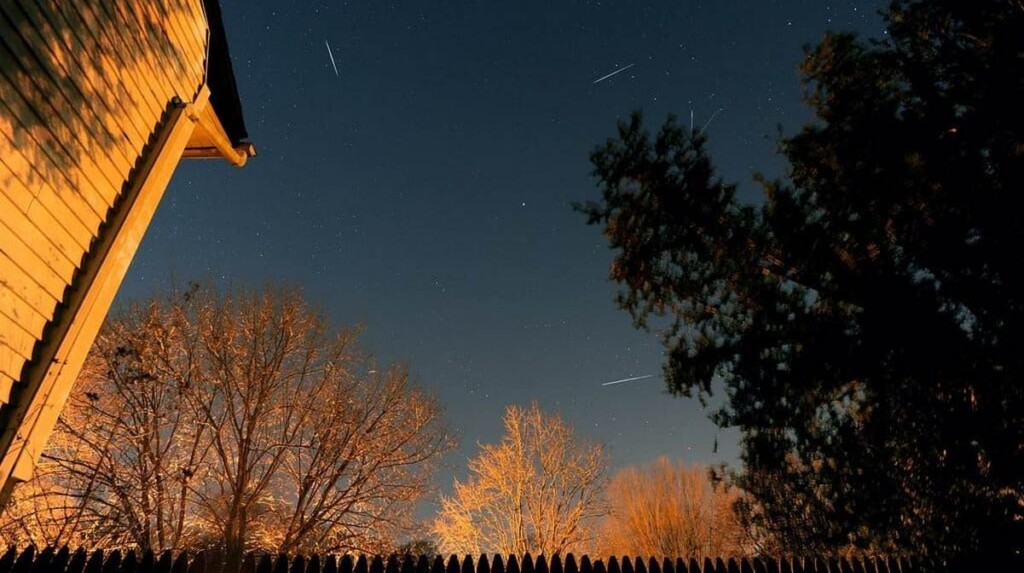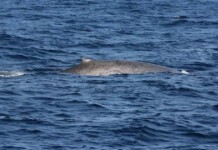
As the New Year celebrations finish up, the first meteor shower of the year promises to be one of the most impressive. They’re called the Quadrantids, and on the morning of January 4th, one can expect to see 80 shooting stars per hour.
This is not an event to stay up to see, but rather one you wake up early to see, as the peak hours will occur before sunrise on Thursday morning. Look to the northern half of the sky, and bring something hot to drink!
A relatively quiet month for stargazing events, a good opportunity to see Saturn and her famous rings will come around on January 14th. A sub-crescent moon just 3 days old will be faintly lit when our satellite comes to within 56 degrees of separation with Saturn—the perfect opportunity to pull out some binoculars or a telescope and gaze at the planet’s rings.
January 25th is the night of a full “Wolf Moon,” which will rise from the northeastern horizon around sunset that evening.
Old Farmer’s Almanac uses a combination of European, settler, and Native American sources to determine the names of the moons.
January’s moon reflects the difficulty of this month for people before the age of central heating, and is called the Cold Moon by the Cree, the Hard Moon by the Dakota, the Freeze-up Moon by the Algonquin, and the Wolf Moon by Europeans who heard wolves howling at night and believed it was because they, like the Europeans, were eating less.
Now of course we know wolves howl for social reasons and not related to feeding activities.
SHARE These Must-See Space Events With Your Friends…



















